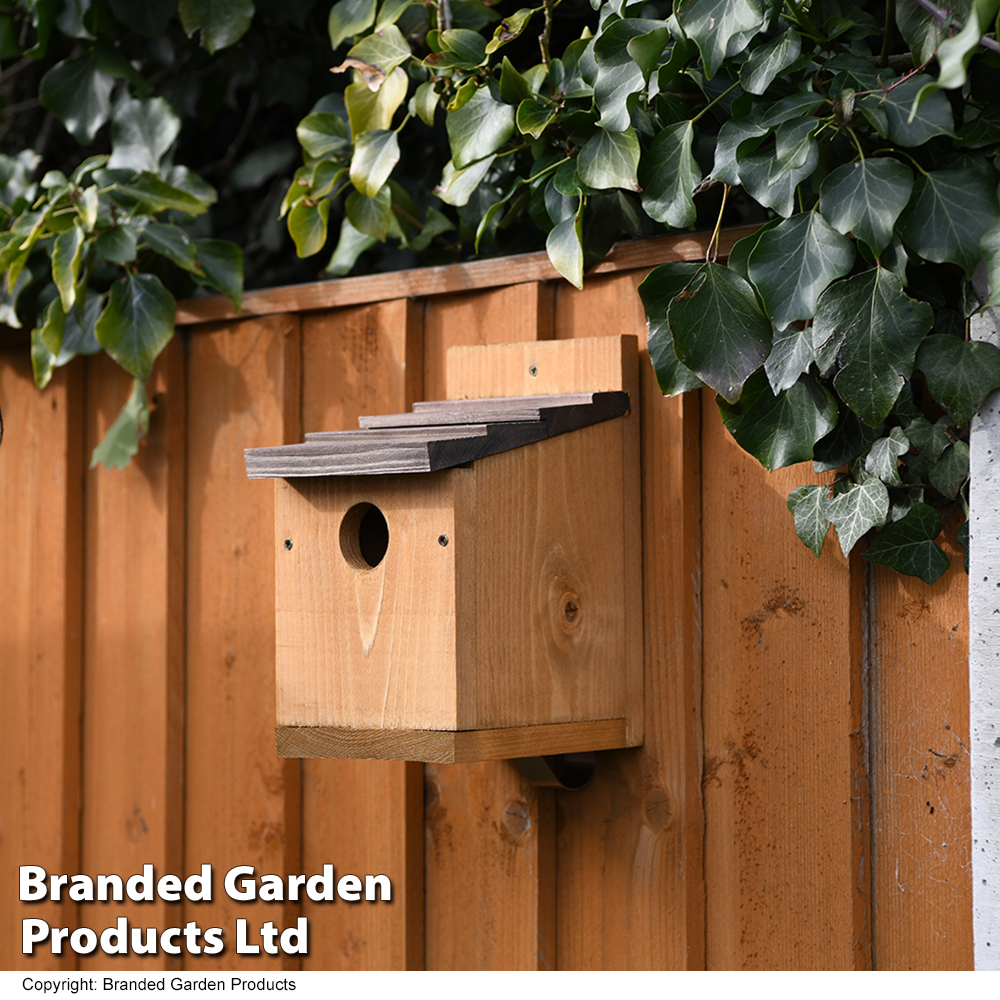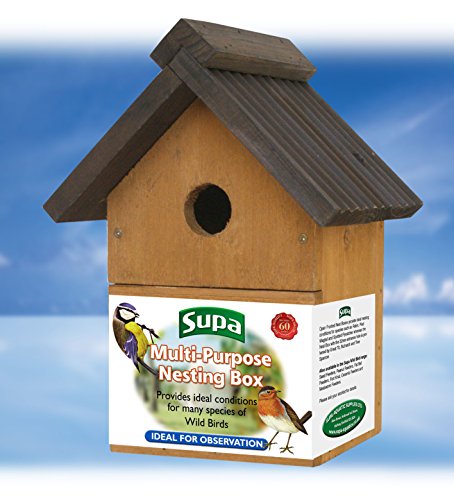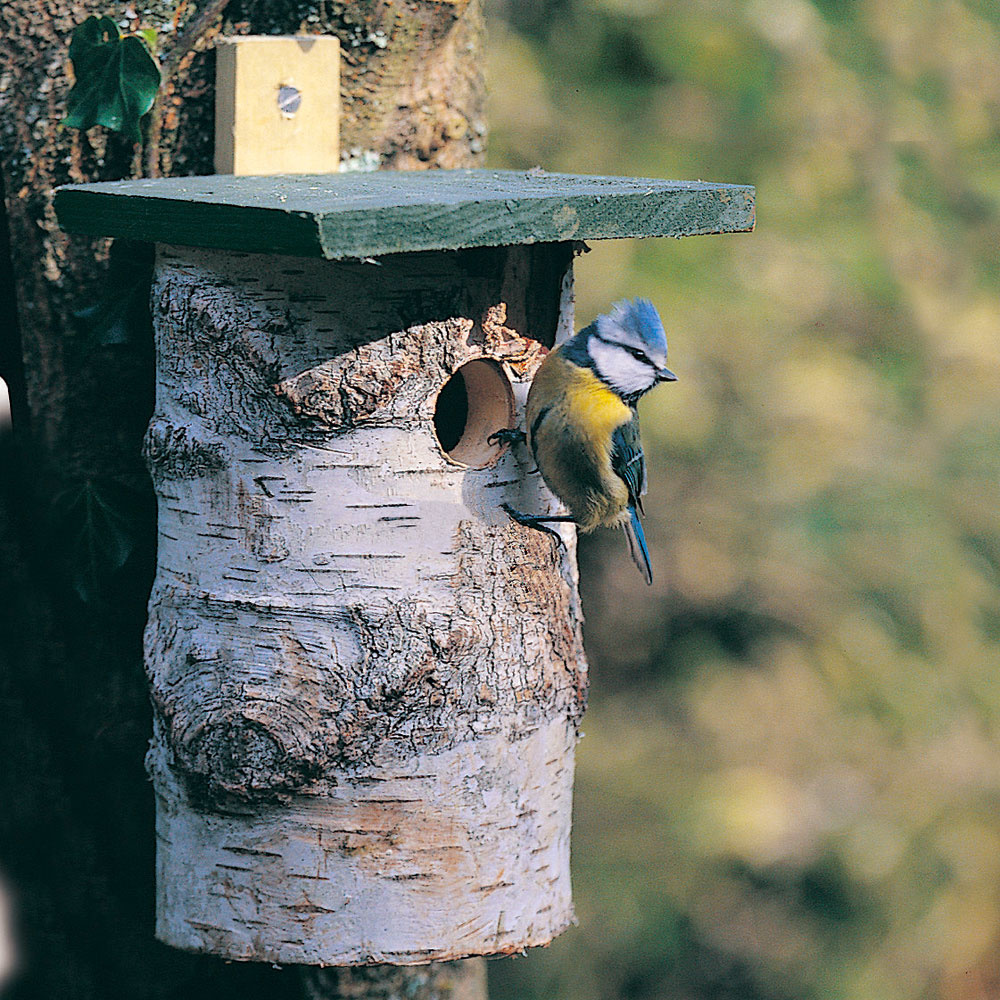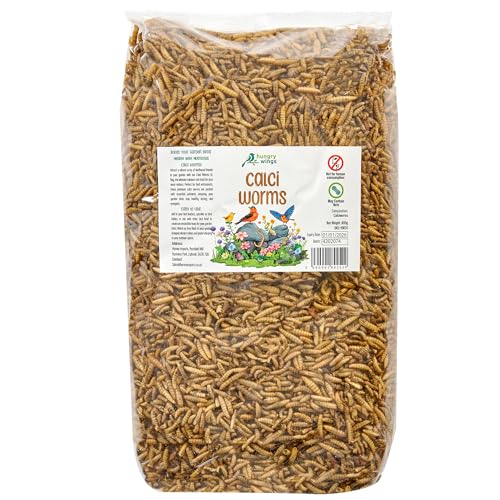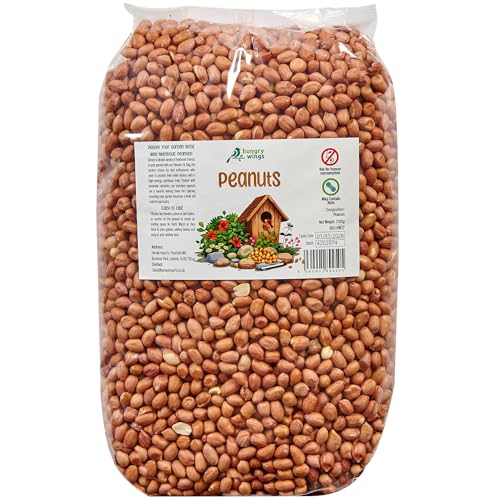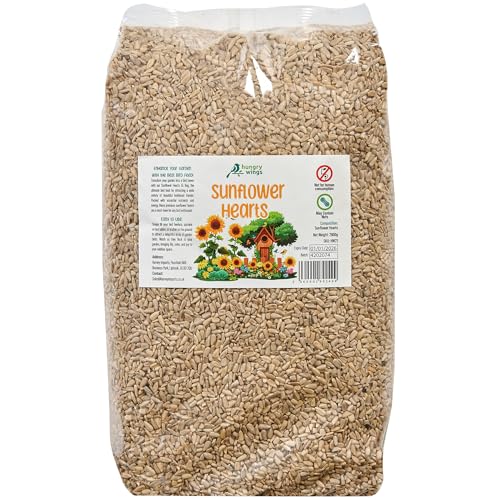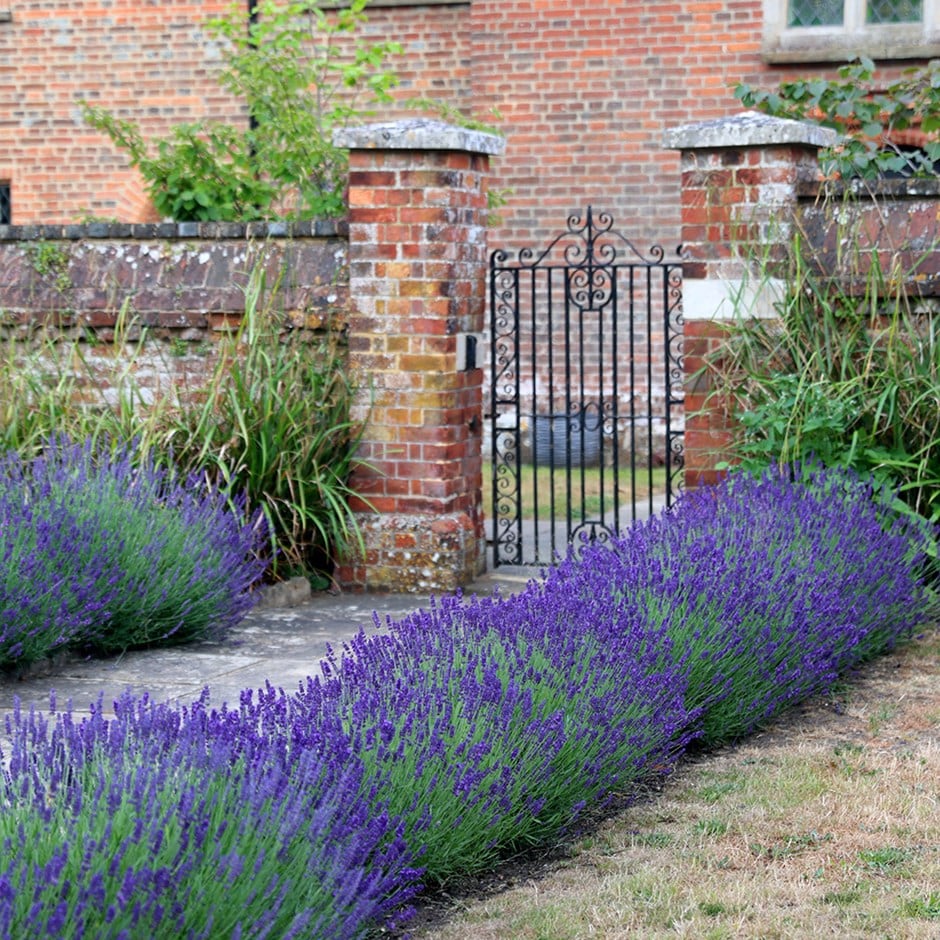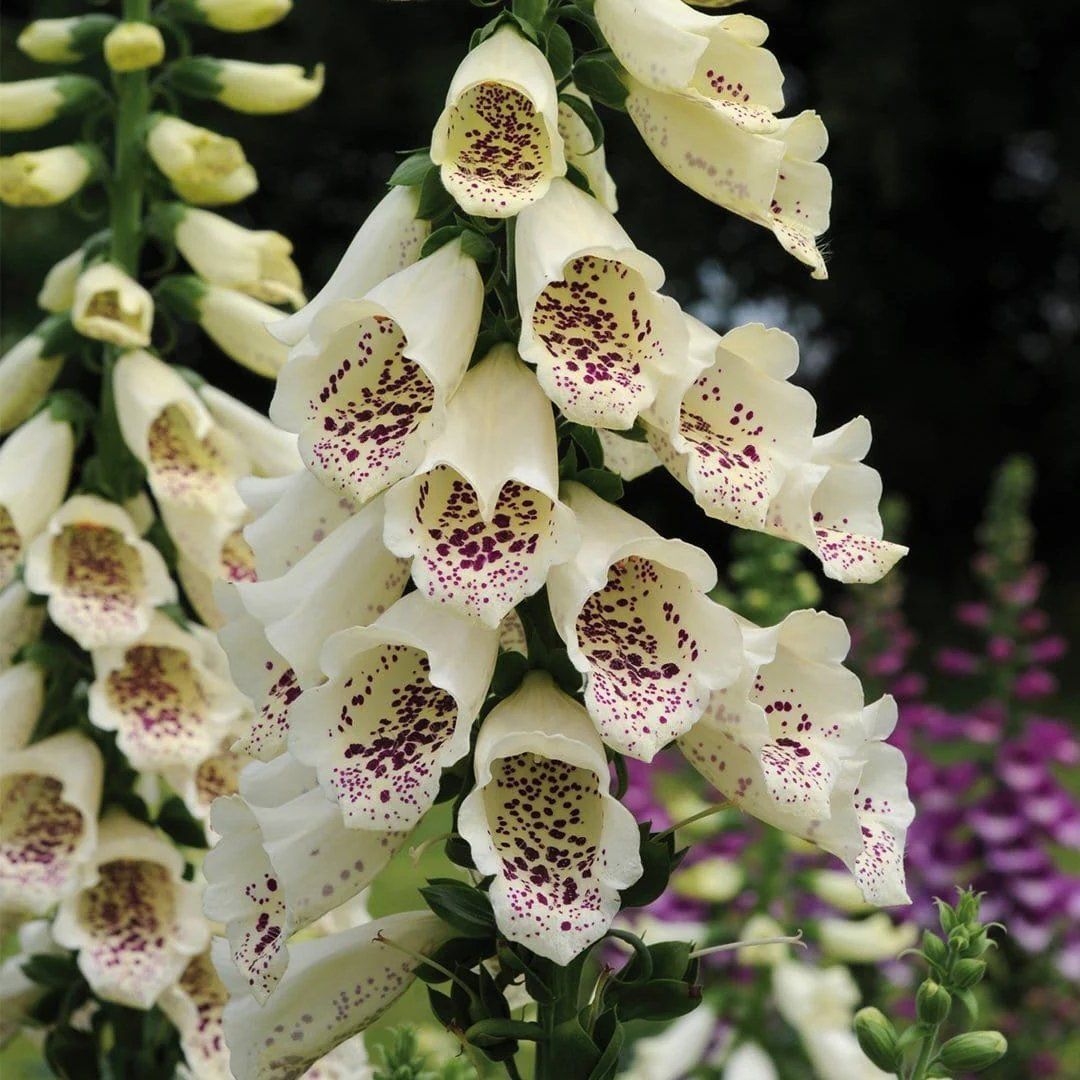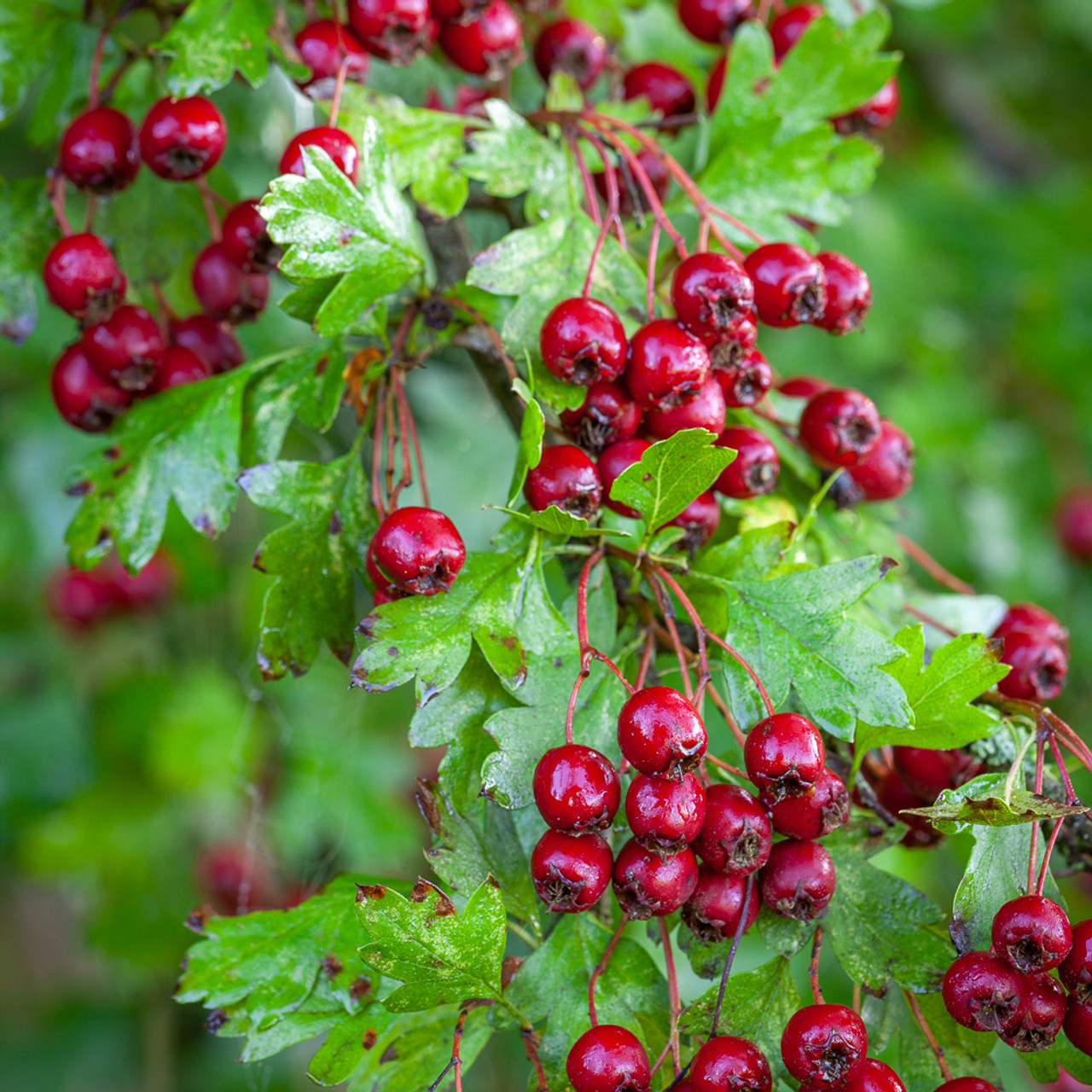3 ways to attract blue tits and keep these beautiful birds as regular visitors to your garden, according to wildlife experts
Make these birds feel like welcome guests in your garden


A bright and colourful mix of yellow, green, white and blue, the blue tit is one of the most attractive and recognisable of all garden visitors - but how do you encourage these feathered friends to keep coming back?
There are plenty of ways to attract birds to your garden, but if you specifically want to make blue tits feel at home, experts say there are three specific measures you can take to make them feel like a welcome guest. The blue tit is one of the most popular and common of UK native vbirds, and while birds have been in decline in recent years, The Woodland Trust has reported a 21% increase in blue tit poulations since 1970.
Blue tits are small, vulnerable and naturally cautious, so, if you wanted to give them an extra helping hand and learn how to attract blue tits, these are three things you need to do to encourage these beautiful birds to your garden.
1. Provide shelter
Similar to how to attract robins, blue tits can aslo be particular about where they nest, prefering their nesting boxes to have a small entrance hole and to be placed higher up in trees.
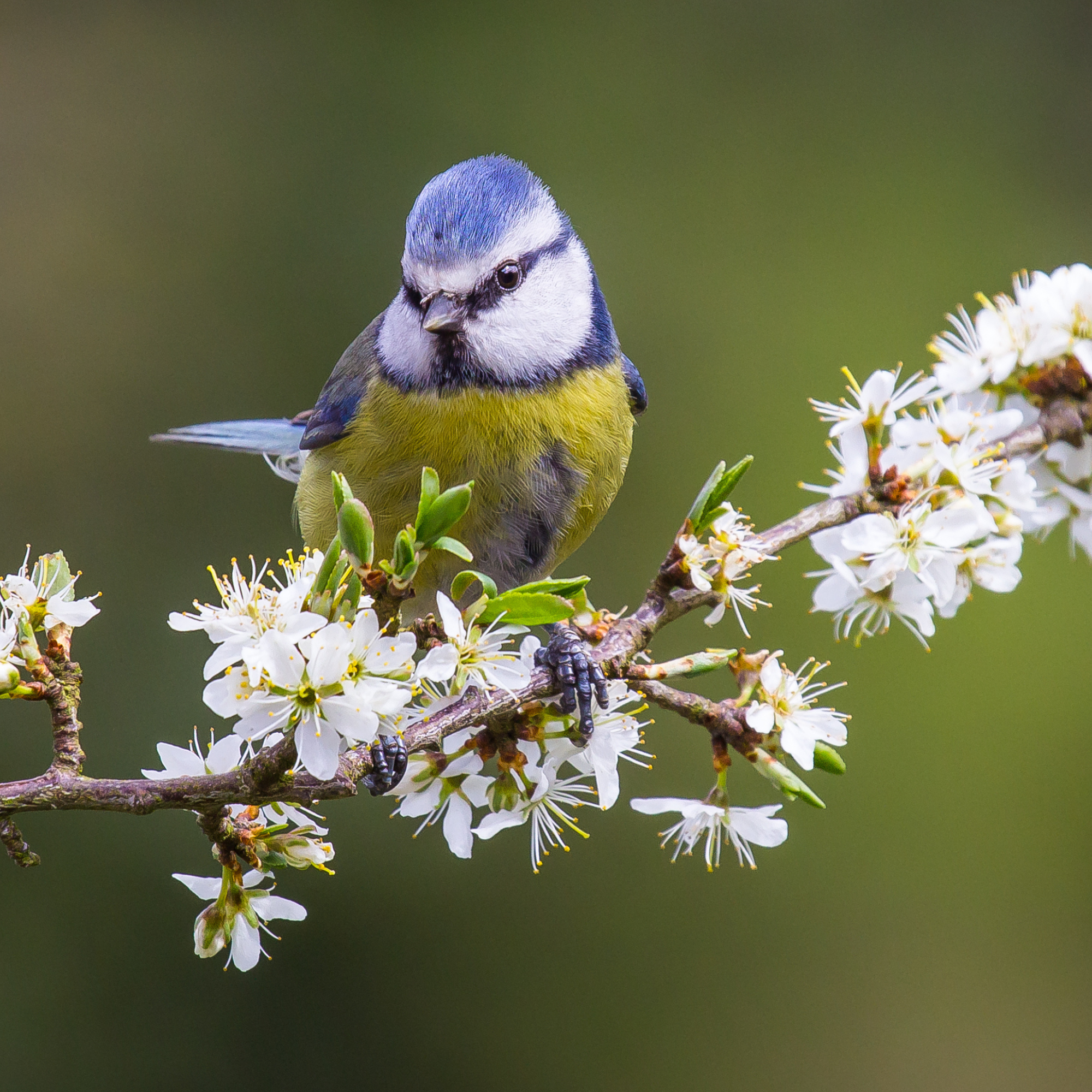
‘Blue tits love sheltered nesting spots like holes or crevices within trees, but they are also likely to use a bird box if it is at the correct height, placed in a shaded area away from noise and disturbance,’ explains John Small, a sustainability expert at Ty Eco.
‘The entrance hole must be small enough to protect them from predators, ideally around 25mm wide. Mount the bird box two to four metres above the ground to keep them safely out of reach of cats and foxes. This height makes them feel much more secure and increases the chances they will settle there. It also closely mimics the natural height they would choose in the wild, offering a fantastic shelter for them throughout the year, especially during the colder winter months.’
If you’re unsure, you can buy bird boxes specifically designed for small birds such as blue tits, such as this nest box from John Lewis which has a small entrance hole to attract blue tits and prevent predators getting inside.
Sign up to our newsletter for style inspiration, real homes, project and garden advice and shopping know-how
2. Provide food
It may sound obvious, but to keep blue tits coming back, you need to provide a regular food source for them.
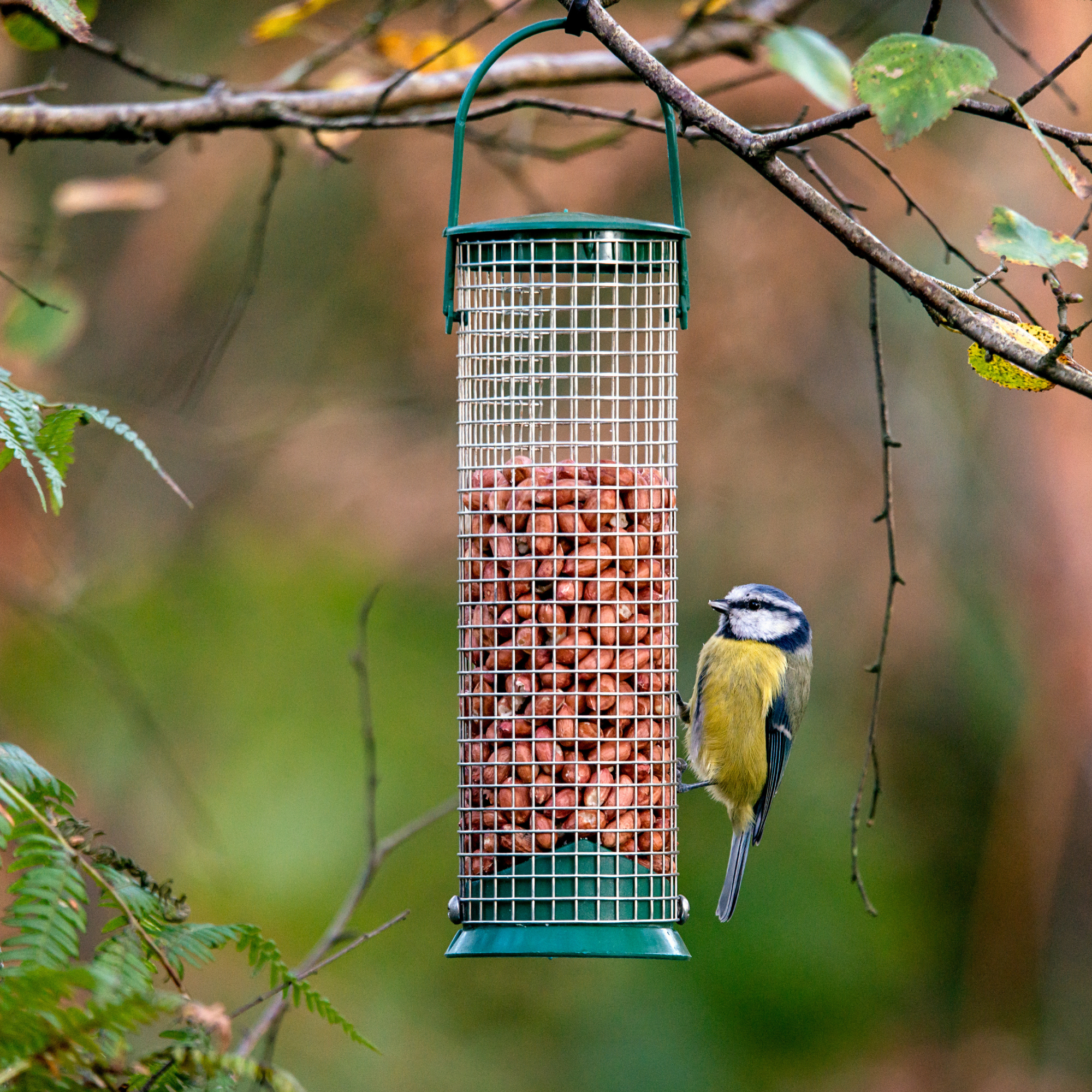
‘The thing blue tits love most is insects, especially caterpillars and spiders, which make up the bulk of their diet, particularly during breeding season,' says John.
'If you’re looking to supplement their food supply, you can add feeders stocked with sunflower hearts, suet, and mealworms, all of which are great high-energy options. Dried mealworms are especially popular and easy to find. Just be sure to avoid anything processed or unnatural. Peanuts can also be a good choice, but always make sure they are unsalted, as salted varieties can be extremely harmful to birds.'
However, bear in mind that when feeding birds in the garden, the RSPB has warned against using a feeder table due to the risk of spreading disease. Instead, it’s recommended to use a hanging feeder (such as this £12 RSPB-approved option from Amazon).
3. Plant native species
In order to create a natural food source for blue tits - essentially lots of insects and caterpillars to munch on - it’s beneficial to plant native species such as hawthorn in your garden, to produce more food and help cultivate the best wildlife garden ideas.
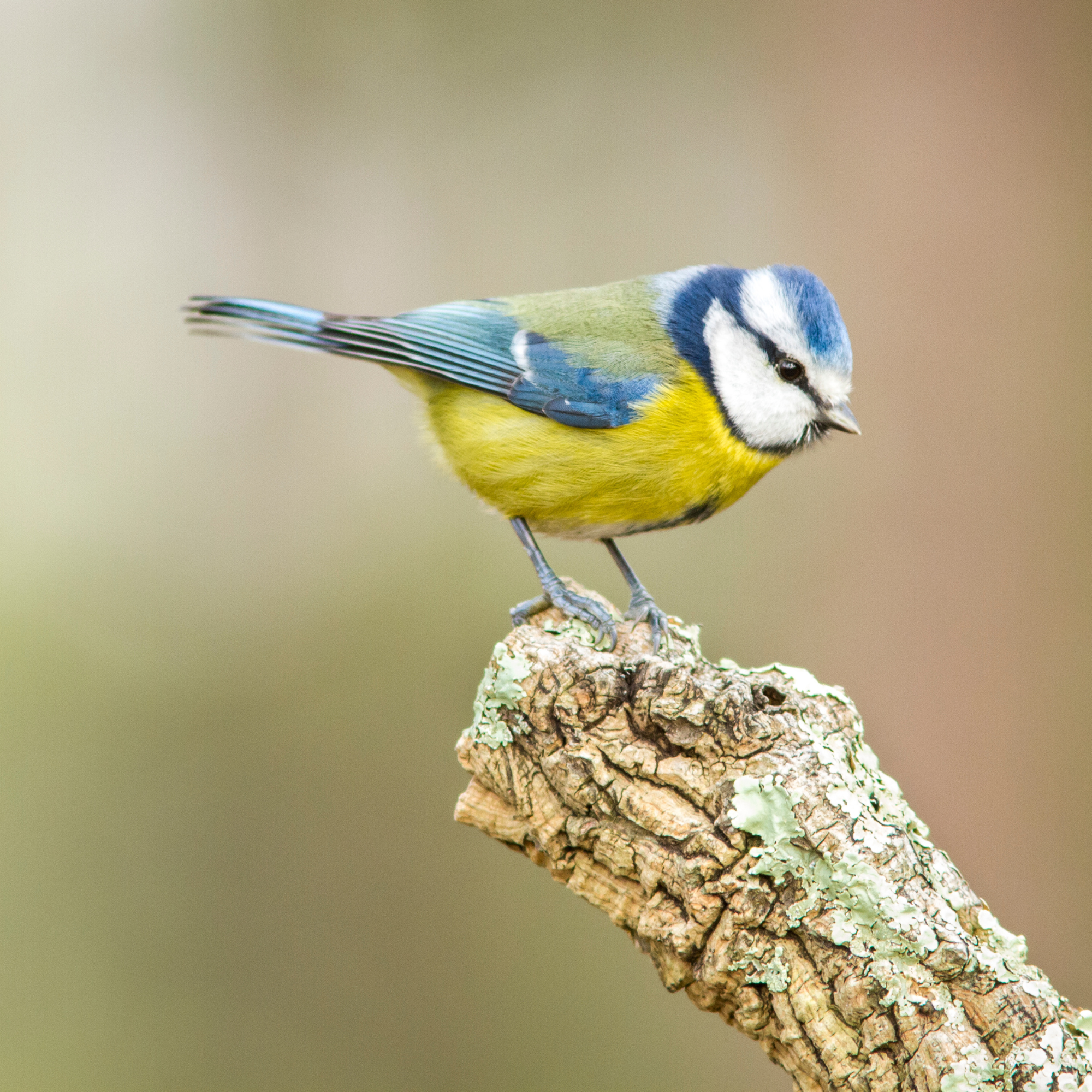
‘Planting native species like hawthorn, birch, and holly provides natural food options through berries and insects,’ explains Jose Escalante, gardening and landscaping expert at Roofing Craftsmen.
‘Including nectar-rich flowers, such as lavender and foxgloves, attracts insects, providing a natural food chain for blue tits. Avoid using pesticides to ensure the insect population remains healthy. Ultimately, patience is key. By creating a safe, food-rich, and inviting environment, you’ll soon enjoy the colorful and lively presence of blue tits in your outdoor space.’
Should also consider keeping ivy in your garden and wildflowers such as knapweed to create a wider insect population in your garden.
Blue tits are beautiful native birds, and I’m sure you’ll agree, a welcome sight in any garden. And by implementing these three easy practices, you’ll have an influx of blue, yellow and green visitors in no time.

Kezia Reynolds joined the Ideal Home team as News Writer in September 2024. After graduating from City, University of London in 2022 with a bachelor’s degree in journalism, Kezia kicked off her career spending two years working on women’s weekly magazines. She is always on the lookout for the latest home news, finding you the best deals and trends - so you don’t miss a thing!
